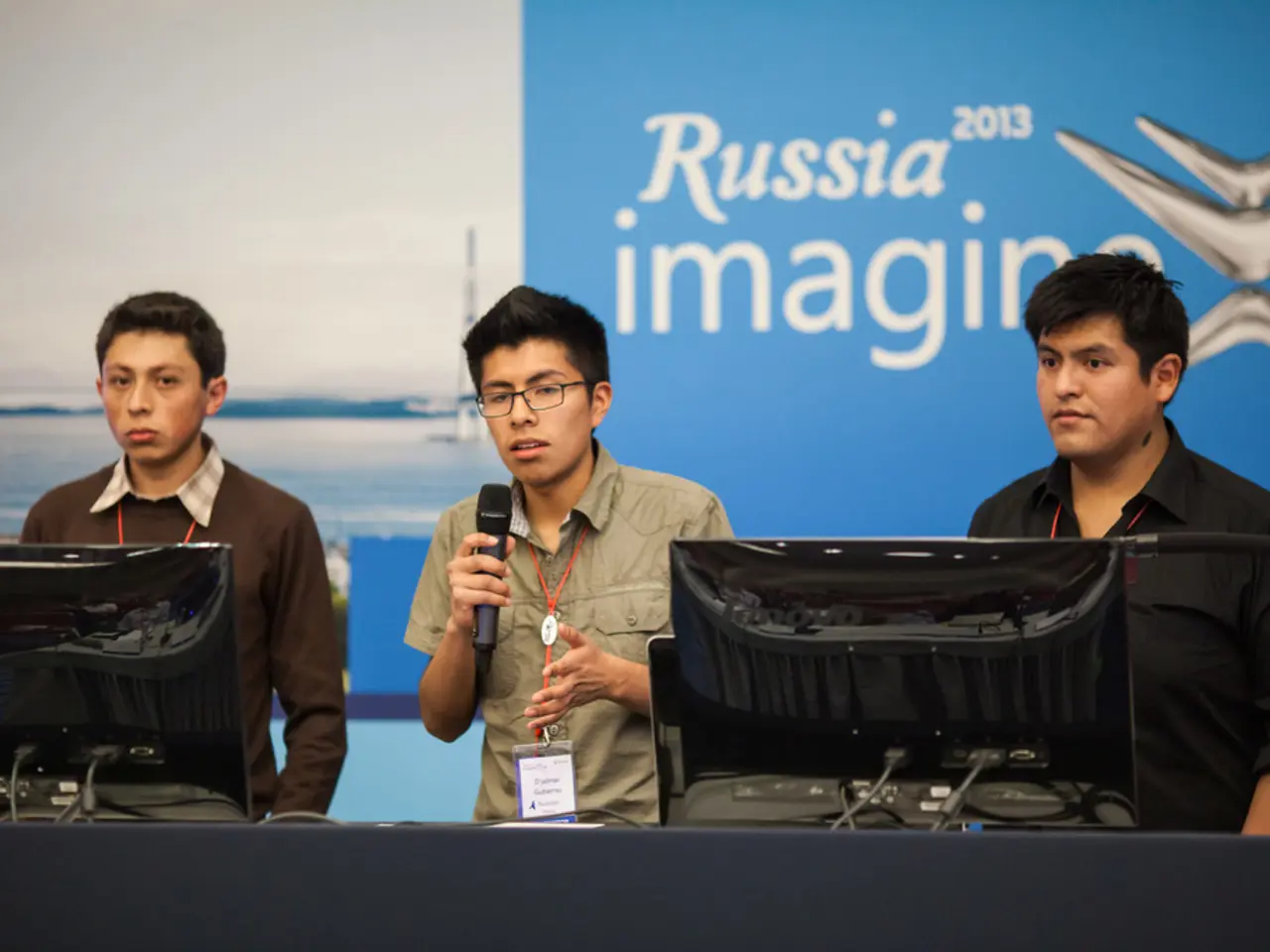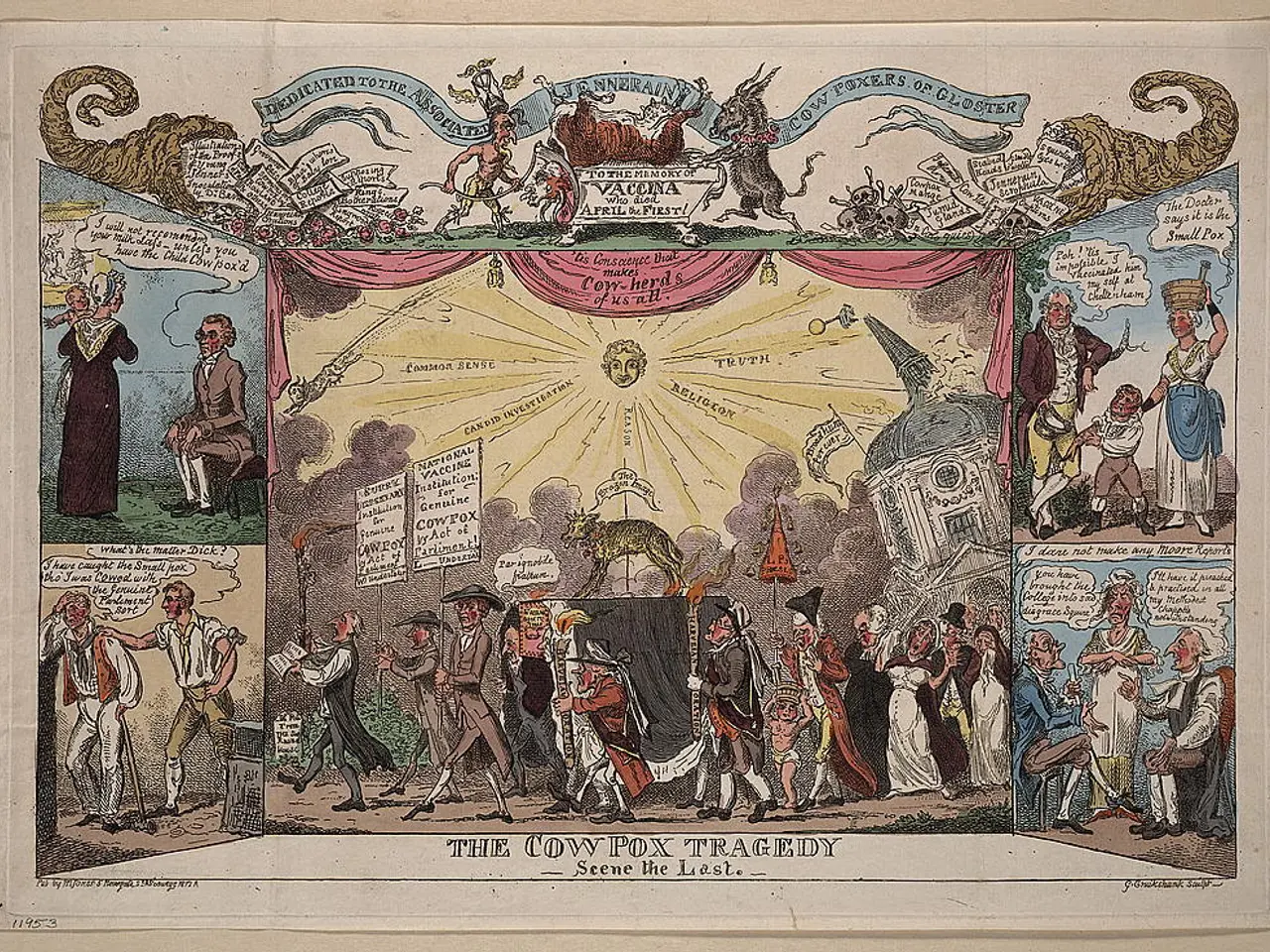Pressure mounting for the alliance
In the ongoing debate about climate change and its economic impact, a proposed solution known as the climate allowance is gaining traction, particularly in parts of the United States. This initiative aims to offset CO2 costs for low-income households, addressing a critical concern in the face of rising energy costs.
In Vermont, the 2025 Climate Action Plan outlines a strategy to reduce greenhouse gas emissions and support low- and moderate-income households in adopting more efficient and less polluting heating and transportation sources. The plan includes proposals to weatherize 79,000 homes and address climate resilience, but funding remains uncertain due to reduced federal support and shifting political priorities.
California, meanwhile, is proposing to use revenues from cap-and-trade allowance auctions to support vulnerable households as they transition to a green economy. This includes initiatives such as utility protections for low-income customers, expanded clean vehicle programs with incentives for cost-burdened drivers, and a Low-Income Water Rate Assistance Program to reduce utility costs for low-income residents.
At the federal level, there's a growing advocacy for revenues from climate auctions to be directed towards assisting vulnerable communities, although a specific climate allowance for low-income households is yet to be established.
It's important to note that the climate allowance is not presented as a penalty or a work incentive, nor is it part of a populist distraction maneuver. Instead, it is suggested as a means to reduce social inequalities and support those most affected by energy costs.
However, the debate is not without criticism. Social associations, the opposition, and economic sectors not considered are voicing concerns, particularly about the potential impact on the economy and budget. The CDU/CSU, for instance, has proposed financing tax cuts for all through citizen's allowance reductions, a move that has sparked controversy within the union due to its perceived focus on benefiting the middle-class family, its voter base.
In conclusion, while specific climate allowances for low-income households are being proposed or developed in parts of the United States, they are not yet broadly established. These programs focus on financial assistance, weatherization, utility protections, and vehicle emission reductions for low-income populations, but their implementation and funding remain in progress. The debate continues, with a potential shift towards measures that could support households most affected by energy costs.
In the context of climate action, California plans to use revenues from cap-and-trade allowance auctions to support vulnerable households as they transition to a green economy, as part of a broader strategy that includes utility protections and clean vehicle programs for low-income residents. Meanwhile, at the federal level, there's growing advocacy for revenues from climate auctions to be directed towards assisting vulnerable communities, although a specific climate allowance for low-income households has yet to be established. Such a policy-and-legislation approach to politics ties into the general-news discussion about energy costs and social inequalities, with the climate allowance being presented as a means to reduce social inequalities and support those most affected.





